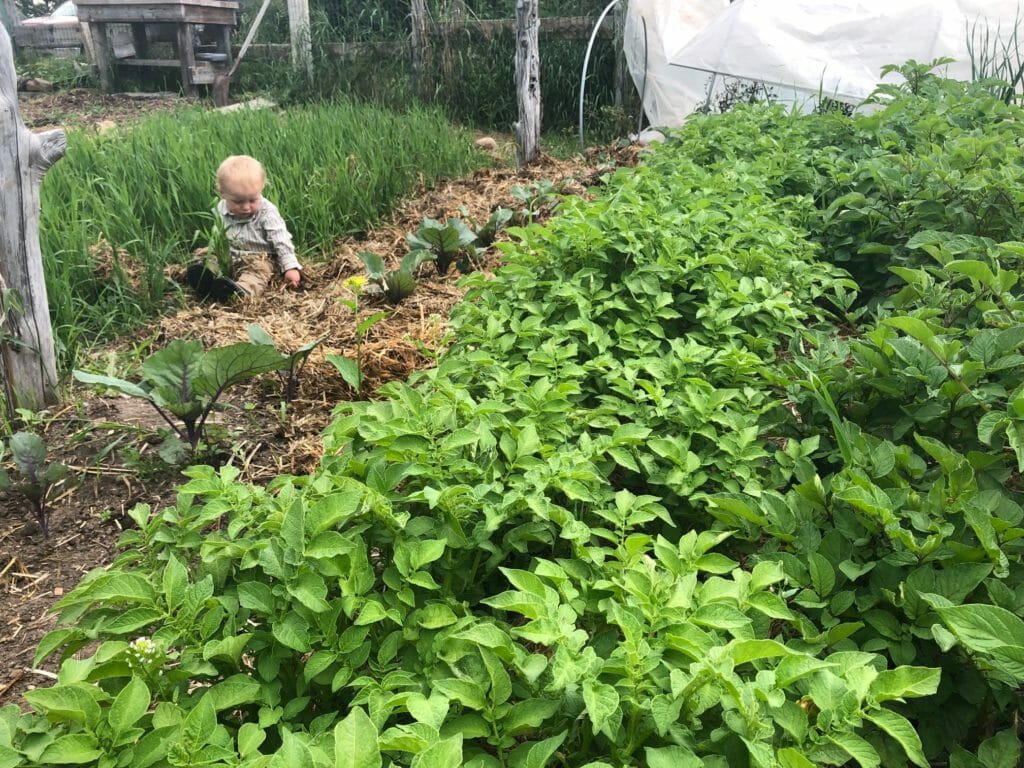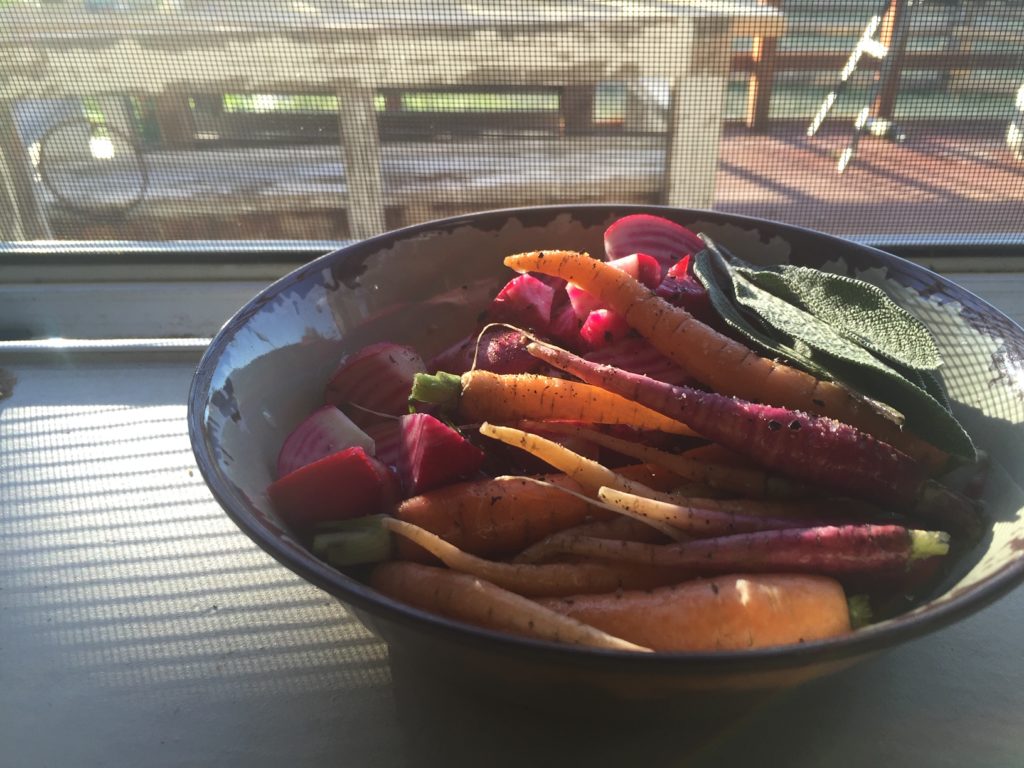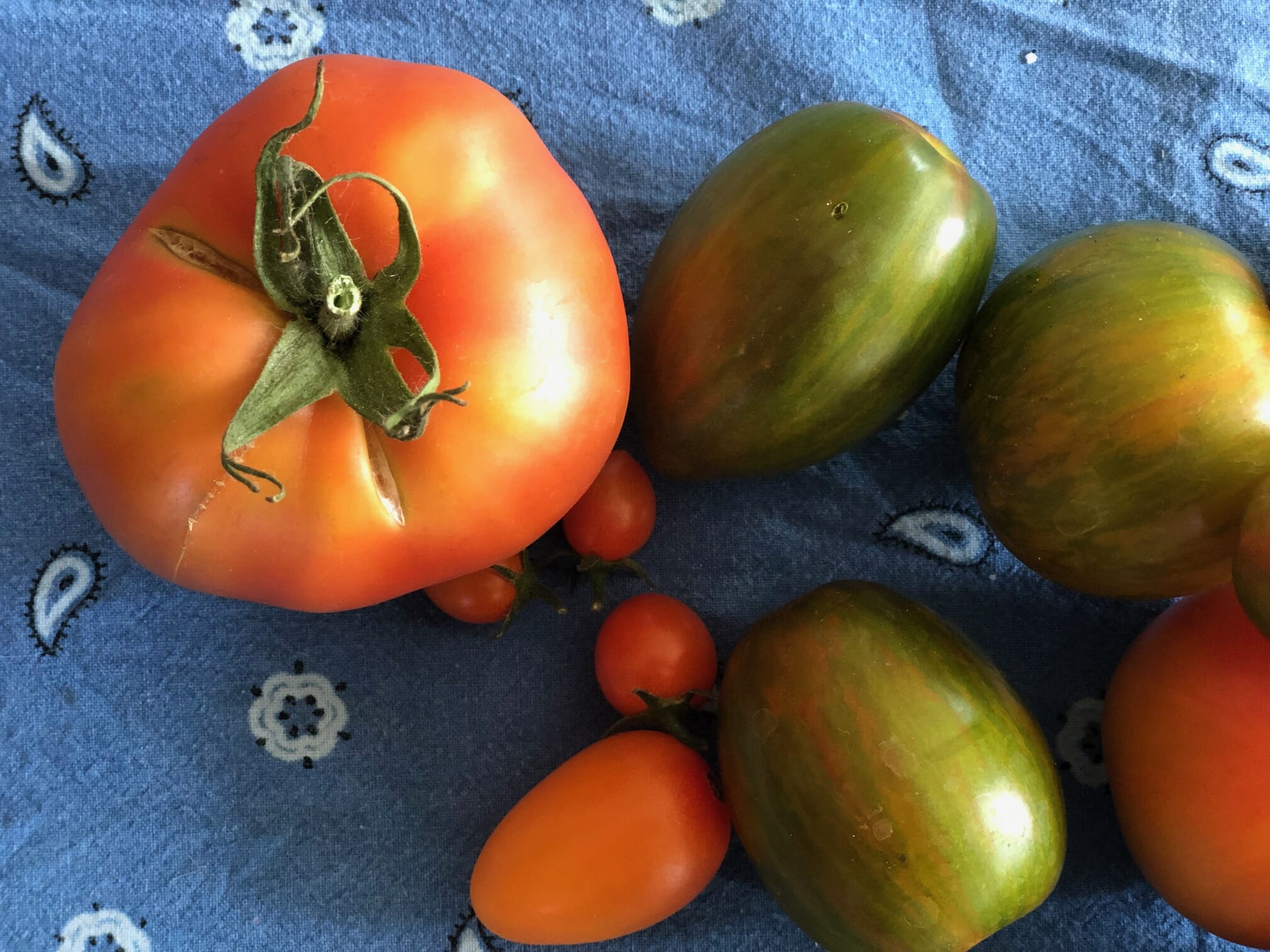Earlier this month the Intergovernmental Panel on Climate Change put out a report that told us what every good mother has been saying for decades: Eat your vegetables. Clean your plate. Eat less beef. Finish your beans.
True, that’s an oversimplification. But for me it hits home. I spend a fair bit of time worrying about climate change. I’m a mom and a hunter and an angler. I see the change — in my news feed, in my backyard, in email after email referencing “less suitable habitat for trout.”
And to be frank, it really pisses me off.
So much so that I did a revolutionary thing. Or it felt revolutionary. Probably more polite protest than a storm-the-barricade type of move. But it felt empowering all the same.
A few years back I saw a statistic about the outsized contribution modern agriculture was making to the climate crisis. It probably wasn’t much more than a passing number to most. But it was about the same time I was trying to sound out the fifteen syllable ingredients in my kid’s Mac and Cheese and listening to news about another produce recall. And I decided enough was enough.
So I started my own garden.

Underwhelming? Perhaps. It’s not exactly the start of a revolution. But to be fair, consider the professions of those in the pitchfork wielding mobs of the past? Those organic gardeners may look sweet and passive, but someone has to get the potatoes out of the ground.
That bit of history aside, I have come to view this habit of turning dirt as my yearly act of acting out. Rebellion through radishes. Protesting with peas. Canning for change.
Want to pull out of the Paris Climate Agreement? I’ve got a parsnip for that.
When faced with the feeling powerlessness, we must find our own way out of it.
It started with a small kitchen garden. A raised bed with a few greens, an onion or two, some herbs. Then it got a little out of control.
More raised beds. Hoops made from EMT conduit to hold up sheets to shelter from the mid-summer hail and frost. A lasagna garden (look it up – it’s a thing). Last fall, the crown jewel for any tomato grower living above 5,000 feet: a greenhouse.
Now we’re growing three types of carrots, bush beans, drying beans, parsnips, onions, lavender, chamomile, celery, peppers, snap peas, shelling peas, potatoes, cabbage, greens, wheat, tomatillos, strawberries, cucumbers, and yes, an entire greenhouse full of psychedelically colored, happy, fat tomatoes, all in an area smaller than most backyards.

For me, and on behalf of my kids and their kids, it feels like a big middle finger to the climate change deniers of the world.
Call me a hippie, but damn it feels good.
I can’t personally change our federal policy or single handedly overhaul our economy to address what many of my generation view as a very real and overwhelming threat to our future and our children’s future. I can ask. I can beg my elected officials. I can plead. I can vote. These days, it doesn’t seem to get me far.
But I can grow a tomato. A pretty good one at that. It’s what I have to give right now.
It’s not enough to change the course of things, but it’s something, and with each bite I think of the chemicals not sprayed, the miles not driven, the energy not consumed and the carbon not produced.
And I feel a tiny bit better about our prospects.
Shauna Stephenson in the national communications director for Trout Unlimited. She lives and works near Ennis, Mont.



